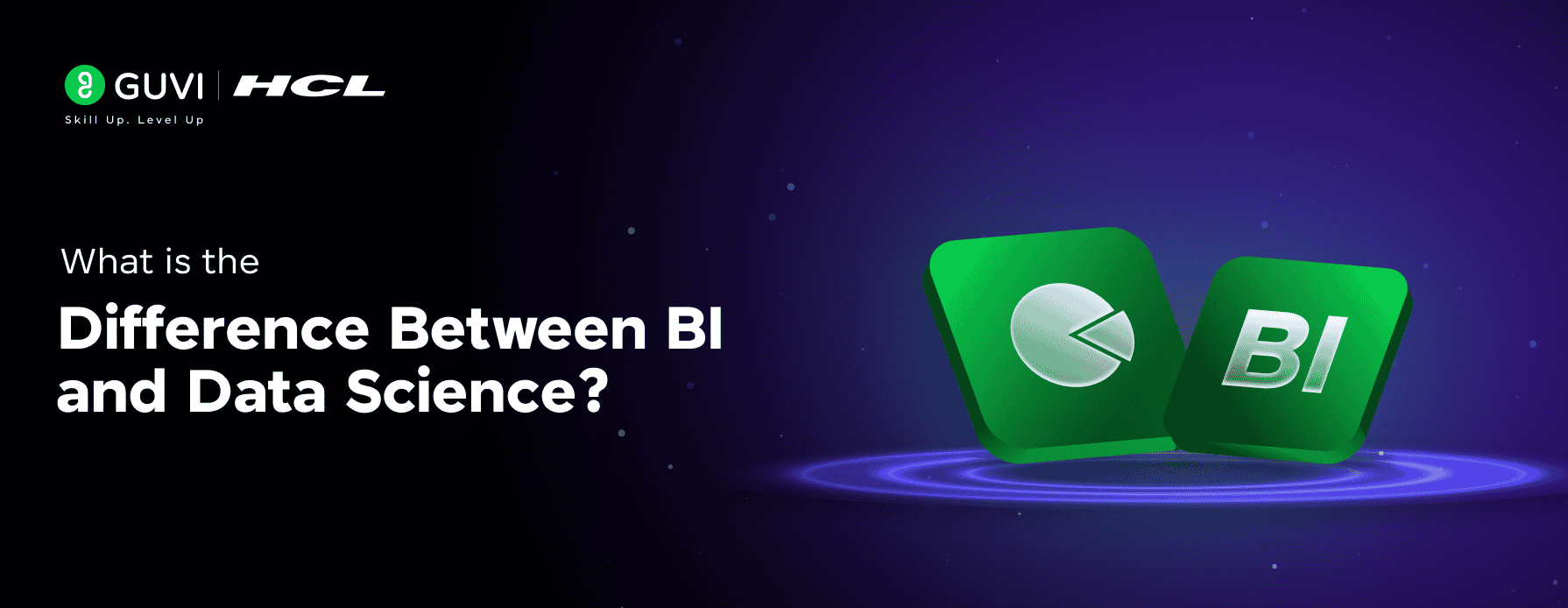
What is the Difference Between BI and Data Science? [2025 Beginner’s Guide]
Oct 09, 2025 5 Min Read 1094 Views
(Last Updated)
The difference between BI and Data Science often confuses beginners entering the data-driven world. And I’m here to solve all your doubts with this in-depth guide. Business Intelligence has existed for more than three to four decades, while Data Science has emerged as a rapidly growing field driven by the increasing availability of data.
You might wonder why Data Scientists earn fundamentally more as compared to Business Intelligence analysts. This salary gap reflects their fundamental differences. Business Intelligence focuses on descriptive analytics—analyzing what has already happened—while Data Science emphasizes predictive and prescriptive analytics to forecast future trends.
In this beginner’s guide, you’ll learn the key distinctions between these two data-focused disciplines, their unique roles and responsibilities, required skills, and how they complement each other in today’s data-driven business environment. Let’s begin!
Table of contents
- What is Business Intelligence (BI) and Data Science?
- Definition of Business Intelligence
- Definition of Data Science
- Key Differences Between BI and Data Science
- Type of data used
- Nature of analysis: descriptive vs predictive
- Tools and technologies involved
- Output and deliverables
- Data integration methods
- Roles, Responsibilities, and Skills Required
- 1) BI roles and responsibilities
- Skills needed for BI professionals
- 2) Data Science roles and responsibilities
- Skills needed for Data Scientists
- Career Paths, Jobs, and Salaries in 2025
- 1) BI
- 2) Data Science
- Which career is right for you?
- Concluding Thoughts...
- FAQs
- Q1. What are the key differences between BI and Data Science?
- Q2. Which field offers better career prospects: Business Intelligence or Data Science?
- Q3. What skills are required for Business Intelligence versus Data Science roles?
- Q4. How do Business Intelligence and Data Science complement each other in organizations?
- Q5. Is it possible to transition from Business Intelligence to Data Science?
What is Business Intelligence (BI) and Data Science?
To understand the difference between BI and data science, we need to first grasp what each field entails. Both deal with data but serve distinct purposes in the business ecosystem.
Definition of Business Intelligence
Business Intelligence (BI) is a set of technological processes for collecting, managing, and analyzing organizational data to yield actionable insights that inform business strategies. Essentially, BI helps monitor the current state of business data to understand the historical performance of a business.
![What is the Difference Between BI and Data Science? [2025 Beginner's Guide] 1 What is Business Intelligence @2x](https://www.guvi.in/blog/wp-content/uploads/2025/07/What-is-Business-Intelligence_@2x-1200x630.png)
BI focuses on:
- Reporting and descriptive analytics that explain “what happened”
- Converting raw data into meaningful information for decision-making
- Analyzing structured and sometimes unstructured data
- Supporting fact-based rather than assumption-based decision-making
Definition of Data Science
Data science is an interdisciplinary field that combines mathematics, statistics, computer science, and domain expertise to extract knowledge and insights from structured and unstructured data. Moreover, it involves using advanced analytics techniques, algorithms, and programming languages to uncover hidden patterns and make predictions.
![What is the Difference Between BI and Data Science? [2025 Beginner's Guide] 2 What is Data Science @2x](https://www.guvi.in/blog/wp-content/uploads/2025/07/What-is-Data-Science_@2x-1200x630.png)
The core aspects of data science include:
- Extracting information from datasets and creating forecasts
- Using machine learning, descriptive analytics, and other sophisticated analytics tools
- Dealing with both structured and unstructured data
- Studying historical trends to predict future patterns
Key Differences Between BI and Data Science
Now that we’ve established what both fields are, let’s examine the fundamental difference between BI and data science across five key areas. Understanding these distinctions will help you decide which path might be right for your career.
1. Type of data used
Business Intelligence primarily works with structured data that is well-organized and formatted in specific ways. This data typically resides in data warehouses and traditional databases that follow predefined schemas. BI tools are designed to handle static, highly structured data that can be easily queried and analyzed.
Data Science, meanwhile, can handle a much wider variety of data types, including:
- Structured data (similar to BI)
- Unstructured data (text, images, videos)
- Semi-structured data (JSON, XML files)
Notably, data science breaks data limitations, allowing any kind of data to be collected, cleansed, and prepared for analysis. This flexibility enables data scientists to work with high-speed, high-volume, and complex multi-structured data from widely distributed operational touchpoints.
2. Nature of analysis: descriptive vs predictive
The analytical approaches of these fields represent perhaps the most significant difference between business intelligence and data science:
- BI is fundamentally backward-looking, focused on understanding past events and current status. It answers questions like “what happened?” and “why did it happen?” through descriptive analytics. For example, BI might analyze why sales in one quarter were poor compared to others.
- Data Science is primarily forward-looking, concentrated on predicting future events and prescribing actions. It addresses questions like “what will happen?” and “what should we do about it?” For instance, data science might predict which product will have the highest sales next quarter or how likely an employee is to quit.
3. Tools and technologies involved
The toolsets for each discipline reflect their different approaches:
BI tools typically include:
- Tableau, Power BI, ThoughtSpot, Klipfolio
- SQL databases
- ETL (Extract-Transform-Load) tools
- Excel and advanced spreadsheet applications
- OLAP (Online Analytical Processing) systems
Data Science tools generally encompass:
- Python, R, and other programming languages
- SAS, MATLAB, BigML
- Machine learning frameworks
- Hadoop and big data technologies
- Advanced statistical software
4. Output and deliverables
What each field produces differs substantially in both form and purpose:
- BI deliverables are usually expressed through visual reports—dashboards, charts, and visualization platforms. These reports frequently include narratives to persuade audiences to accept insights and business recommendations. BI outputs are designed to be easily understood by business users.
- Data Science deliverables, in contrast, are typically statistical models (regression models or decision trees) or predictions that have been precisely optimized to answer specific queries about data. These models often require interpretation by specialists before being implemented in business processes.
5. Data integration methods
Even how these disciplines bring data together differs significantly:
- BI typically relies on ETL (Extract-Transform-Load) processes, where data is transformed before loading into the target system. This approach works well with structured data that needs to be formatted consistently before analysis.
- Data Science frequently employs ELT (Extract-Load-Transform) processes, loading data immediately and then transforming it within the target system. This method is better suited for handling large volumes of dynamic, less structured data, leveraging the computational power of modern data storage systems.
Furthermore, Data Science projects often require cooperation between different experts—business specialists, data engineers, statisticians, and software developers—to successfully integrate and analyze complex datasets.
Roles, Responsibilities, and Skills Required
Professional roles in the data world differ significantly, with distinct career paths for those who prefer analyzing historical data versus those who enjoy predictive modeling. Understanding these differences is essential when choosing between business intelligence and data science careers.
1) BI roles and responsibilities
Business Intelligence professionals primarily serve as data curators and interpreters. They transform raw data into actionable business insights through reports and dashboards.
![What is the Difference Between BI and Data Science? [2025 Beginner's Guide] 3 BI Roles Responsibilities and Skills@2x 1](https://www.guvi.in/blog/wp-content/uploads/2025/07/‘BI-Roles-Responsibilities-and-Skills@2x-1-1200x630.png)
Their key responsibilities include:
- Analyzing business data to identify trends and patterns
- Creating and maintaining reports and dashboards
- Supporting strategic decision-making through data analysis
- Ensuring data accuracy and accessibility
- Communicating insights to stakeholders across organizational levels
BI analysts typically work closely with business stakeholders to understand their needs and translate them into data-driven solutions. Additionally, they play a crucial role in helping organizations understand their past performance and current status through data visualization and mining software programs.
Skills needed for BI professionals
Success in business intelligence requires a blend of technical and interpersonal abilities:
Technical skills:
- Proficiency with SQL and database query languages
- Experience with data visualization tools (Tableau, Power BI)
- Understanding of data warehousing concepts
- Basic statistical knowledge
Soft skills:
- Strong communication abilities to present findings
- Critical thinking and an analytical mindset
- Business acumen and domain knowledge
- Attention to detail and organizational skills
2) Data Science roles and responsibilities
Data scientists function as data alchemists, turning numbers into predictive insights. Beyond analyzing what happened, they focus on what will happen next.
![What is the Difference Between BI and Data Science? [2025 Beginner's Guide] 4 Data Science Roles Responsibilities and Skills@2x](https://www.guvi.in/blog/wp-content/uploads/2025/07/Data-Science-Roles-Responsibilities-and-Skills@2x-1200x630.png)
Their core responsibilities encompass:
- Collecting, categorizing, and analyzing complex datasets
- Creating, validating, and updating algorithms and models
- Applying machine learning techniques to extract meaningful patterns
- Making business recommendations based on predictive analysis
- Developing solutions to complex business problems
Data scientists often begin projects by gathering relevant data sources, then “cleaning” raw data to make it analyzable. Subsequently, they develop algorithms and models for machine learning, testing them rigorously for accuracy before presenting their findings through data visualization tools.
Skills needed for Data Scientists
Data scientists require more advanced technical skills alongside crucial soft skills:
Technical skills:
- Programming expertise (Python, R, SQL)
- Advanced statistics and mathematics
- Machine learning and AI knowledge
- Data wrangling and cleaning capabilities
- Understanding of big data technologies
Soft skills:
- Problem-solving aptitude
- Effective communication of complex concepts
- Business understanding
- Curiosity and a continuous learning mindset
Although both roles work with data, the difference between BI and data science becomes clear through their distinct responsibilities and required skill sets. Business intelligence focuses on reporting and visualization, while data science emphasizes prediction and algorithm development, each requiring its specialized expertise.
Career Paths, Jobs, and Salaries in 2025
Looking ahead to 2025, both the BI and data science fields offer promising career trajectories with distinct paths and compensation structures. The difference between BI and data science becomes particularly evident when examining job prospects and earning potential.
![What is the Difference Between BI and Data Science? [2025 Beginner's Guide] 5 BI vs. Data Science Jobs and Salaries@2x](https://www.guvi.in/blog/wp-content/uploads/2025/07/BI-vs.-Data-Science_-Jobs-and-Salaries@2x-1200x630.png)
1) BI
Business Intelligence presents diverse career options with roles continually evolving as organizations prioritize data visualization and real-time insights. Primary BI positions include:
- BI Analyst/Developer: Creates dashboards and reports using tools like Power BI and Tableau (₹6,65,000-8,70,000)
- Financial Analyst: Assists individuals and organizations in making advantageous investment decisions using business analytics (₹4,00,000-9,00,000)
- Management Analyst: Works with senior managers to improve business operations and efficiency (₹8,25,000)
- Data Warehouse Architect: Designs and implements data warehouse solutions with expertise in database design (₹10,00,000-14,20,000)
Throughout 2025, businesses increasingly seek professionals who can translate data into actionable business insights, with an understanding of business strategy and KPIs setting top analysts apart.
2) Data Science
Data Science roles and salaries continue growing at an impressive rate, with employment projected to increase much faster than average occupations. Key positions include:
- Data Scientist: Designs algorithms and predictive models (₹9,75,000-₹14,00,000)
- Data Analyst: Transforms data into structured information (₹5,40,000-₹7,90,000)
- Data Engineer: Makes inaccessible data presentable and builds infrastructure (₹8,70,000-₹10,80,000)
- Machine Learning Engineer: Creates data funnels and delivers software solutions (₹12,45,000-₹16,20,000)
First and foremost, machine learning skills appear in 77% of job postings, making them essential for competitive candidates.
Which career is right for you?
Choose BI if you:
- Enjoy creating dashboards and visual reports
- Prefer working with business leaders rather than coding
- Excel at communicating data stories to stakeholders
Alternatively, select data science if you:
- Love solving complex problems with big data and AI
- Enjoy programming in Python, R, and using machine learning libraries
- Want to predict future trends and build predictive models
Above all, your decision should align with your strengths—BI favors business acumen and communication, whereas data science demands stronger technical and mathematical abilities.
If you’re ready to move beyond dashboards and start building predictive models, the HCL GUVI’s Data Science Course is the perfect next step. This industry-driven course teaches you Python, Machine Learning, SQL, and real-world AI applications—all with expert mentorship and job placement support.
Concluding Thoughts…
As we’ve reached the end of this article, I’d like to highlight that Business Intelligence and Data Science represent two distinct yet complementary approaches to extracting value from data. Throughout this guide, you’ve seen how BI focuses on descriptive analytics—explaining what happened through structured data and visual reports—while Data Science emphasizes predictive modeling using both structured and unstructured data.
Undoubtedly, your career choice between these fields should align with your strengths and interests. The future looks promising for both fields. Subsequently, as data volumes continue growing, organizations need both backward-looking analysis and forward-looking predictions to stay competitive. Therefore, whether you choose BI or Data Science, you’re entering a field with abundant opportunities and growing demand. Good Luck!
FAQs
Q1. What are the key differences between BI and Data Science?
Business Intelligence focuses on analyzing historical data to understand past performance and current trends, while Data Science uses advanced analytics and machine learning to predict future outcomes. BI primarily works with structured data and creates visual reports, whereas Data Science can handle various data types and develop predictive models.
Q2. Which field offers better career prospects: Business Intelligence or Data Science?
Both fields offer promising career paths, but Data Science generally commands higher salaries and is growing faster. Data Scientists in India earn an average of ₹8-15 LPA, compared to ₹6-10 LPA for BI professionals. However, the best choice depends on your skills and interests in data analysis versus predictive modeling.
Q3. What skills are required for Business Intelligence versus Data Science roles?
Business Intelligence professionals need skills in SQL, data visualization tools, and business acumen. Data Scientists require more advanced technical skills like programming (Python, R), machine learning, and advanced statistics. Both roles benefit from strong communication and problem-solving abilities.
Q4. How do Business Intelligence and Data Science complement each other in organizations?
BI provides historical context and visualization capabilities, while Data Science adds predictive power and algorithm-driven insights. When integrated, they create a comprehensive data ecosystem that delivers both hindsight and foresight, enabling better decision-making and strategic planning.
Q5. Is it possible to transition from Business Intelligence to Data Science?
Yes, many professionals start in BI and transition to Data Science as they develop stronger technical skills. This path allows you to build a foundation in data analysis and business understanding before moving into more complex predictive modeling and machine learning techniques. Continuous learning is essential in both fields.
















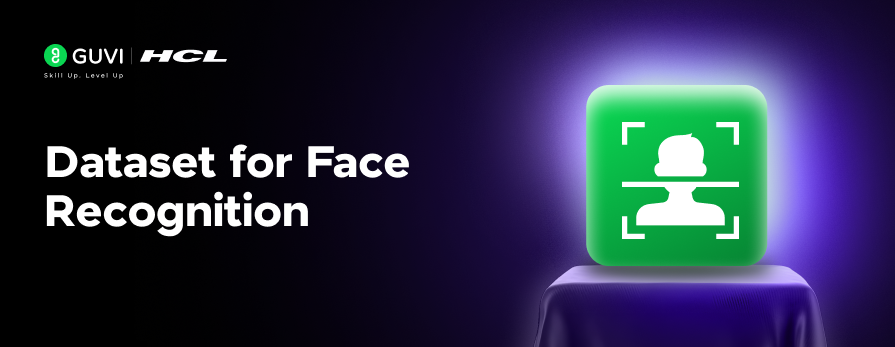

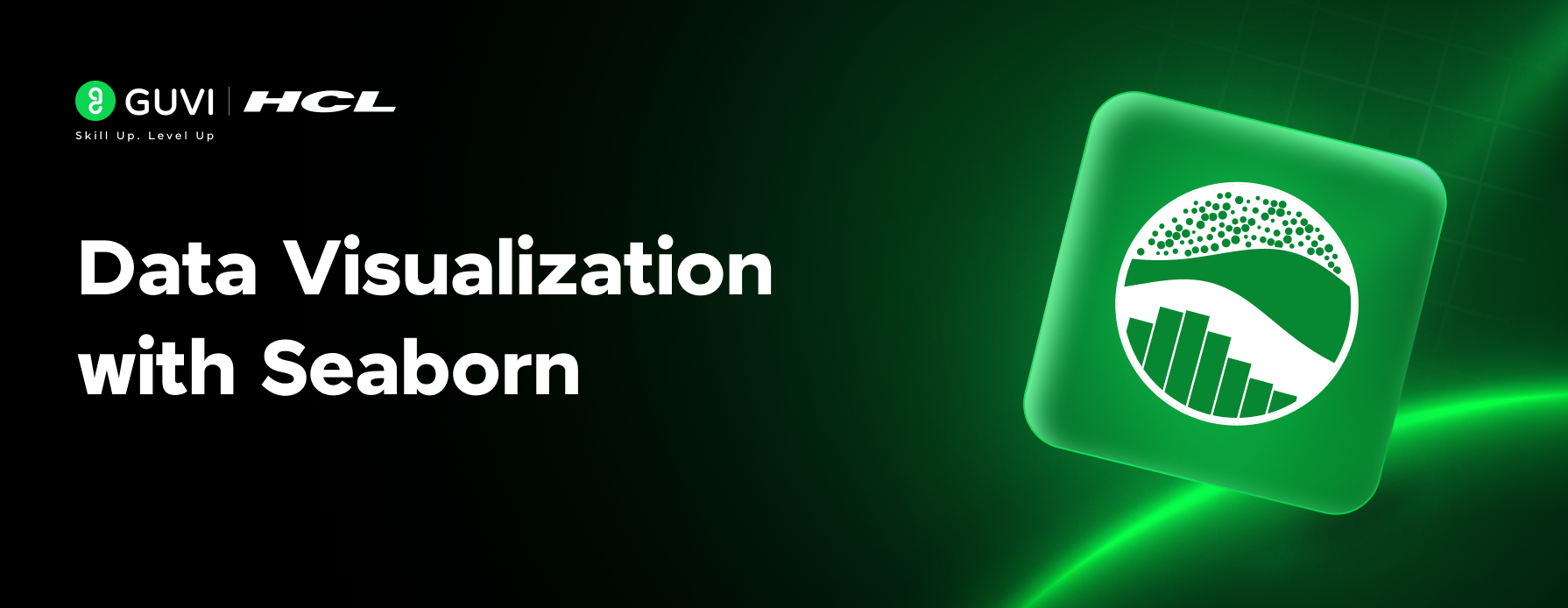
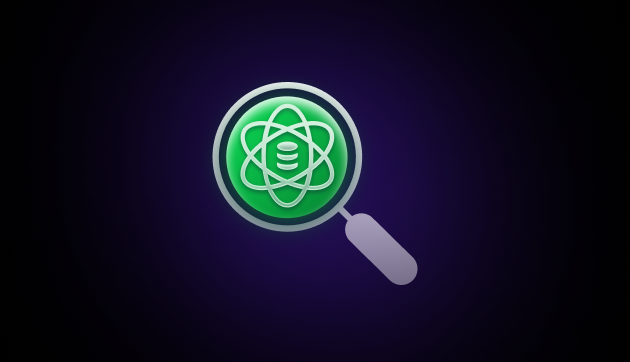
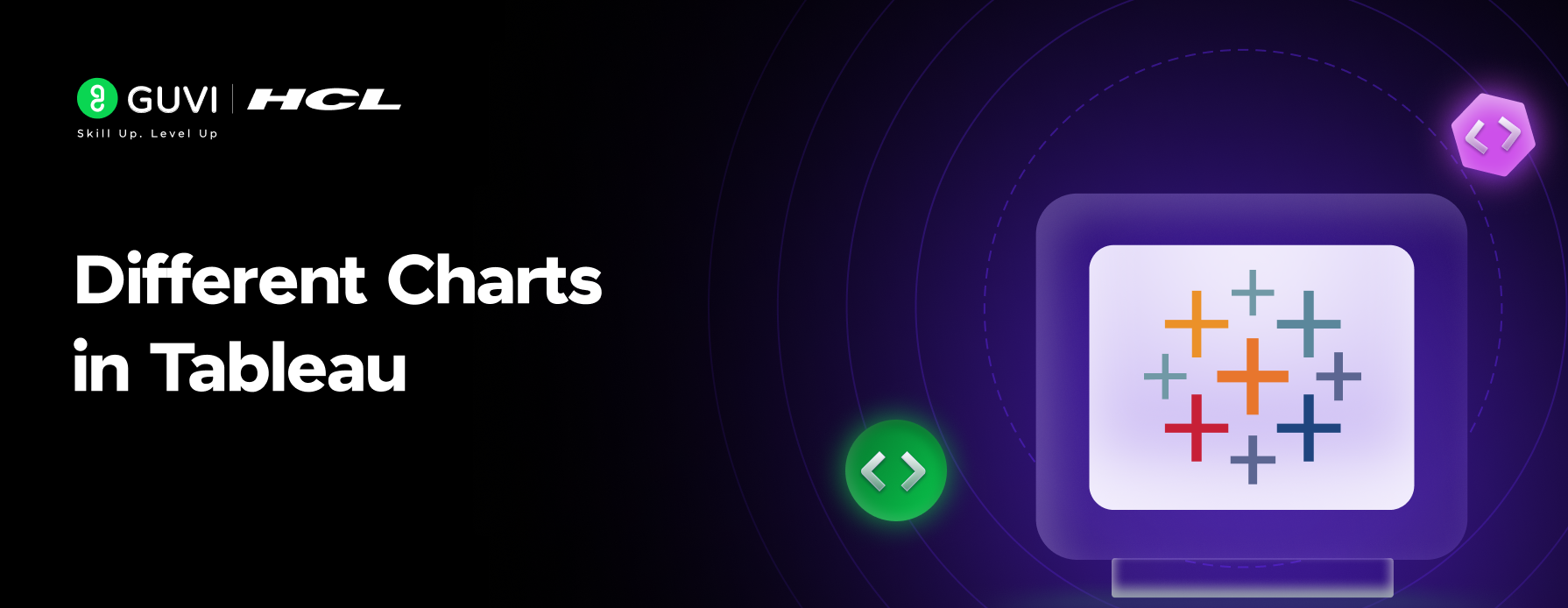

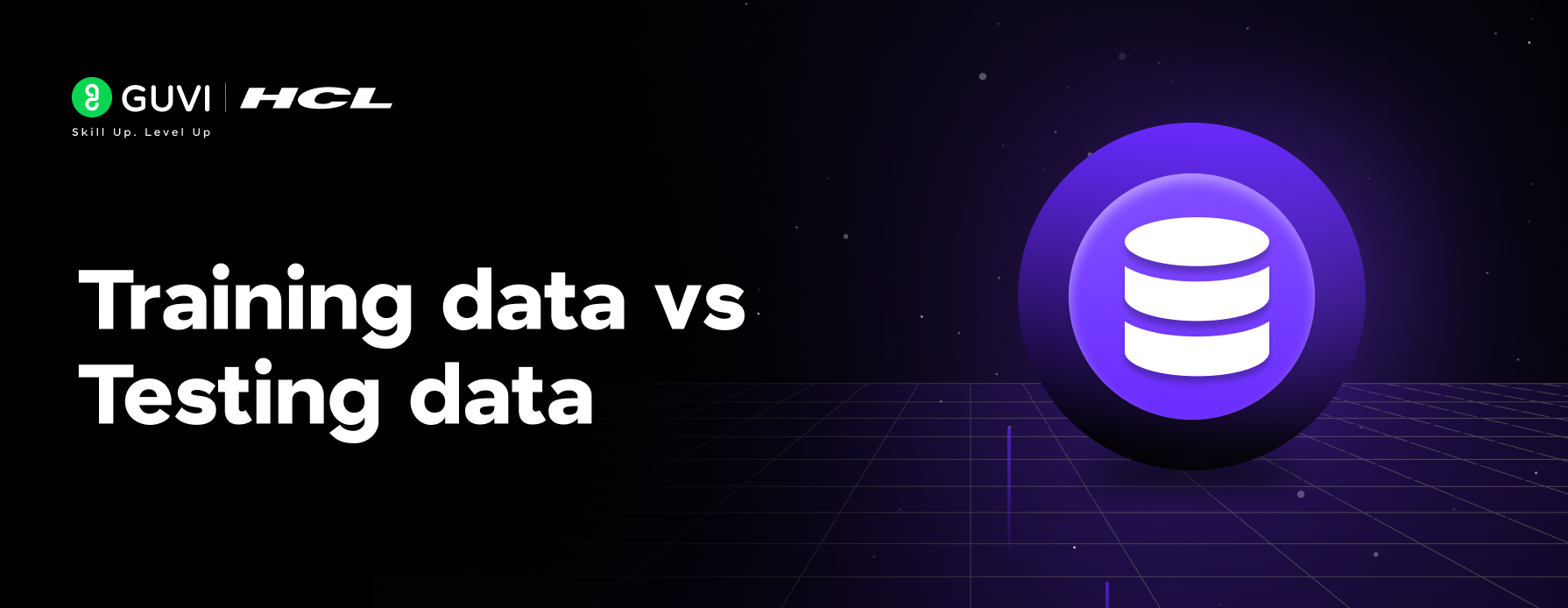






Did you enjoy this article?